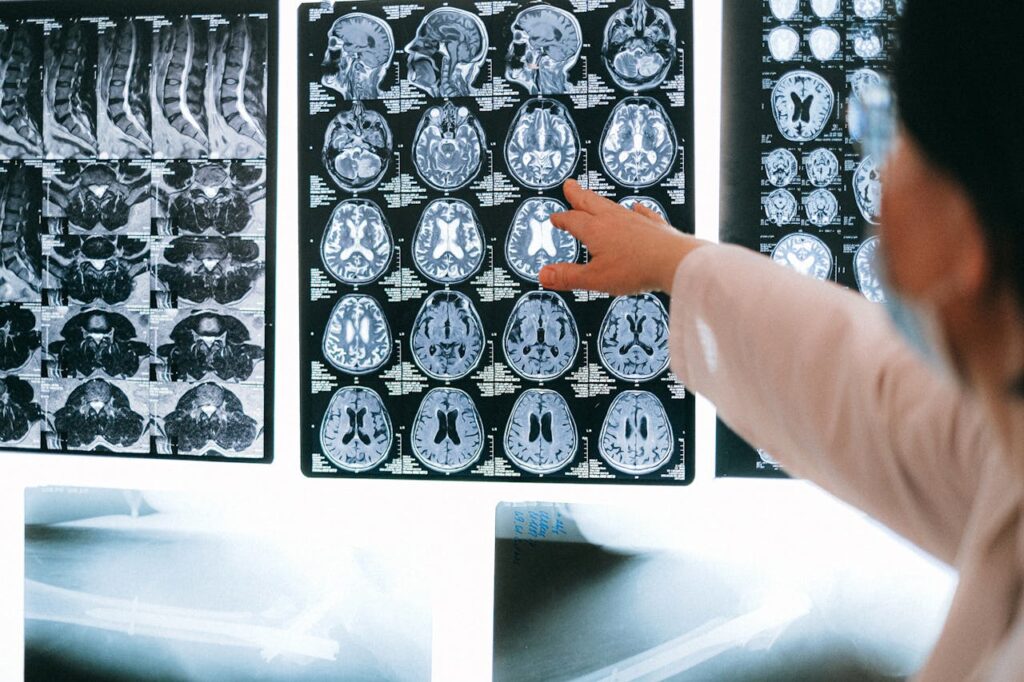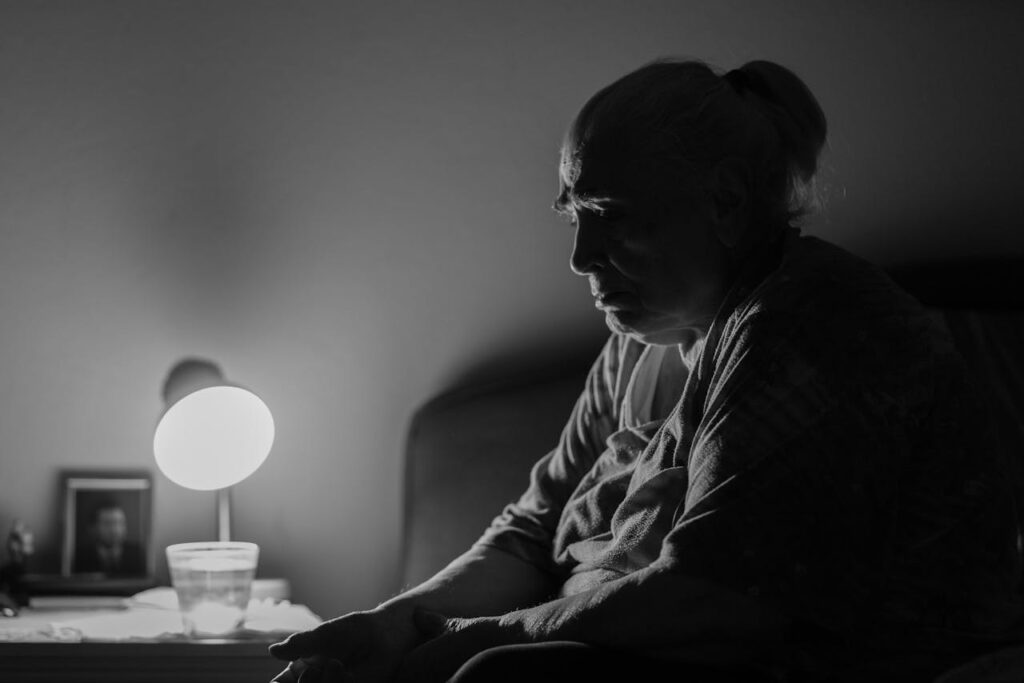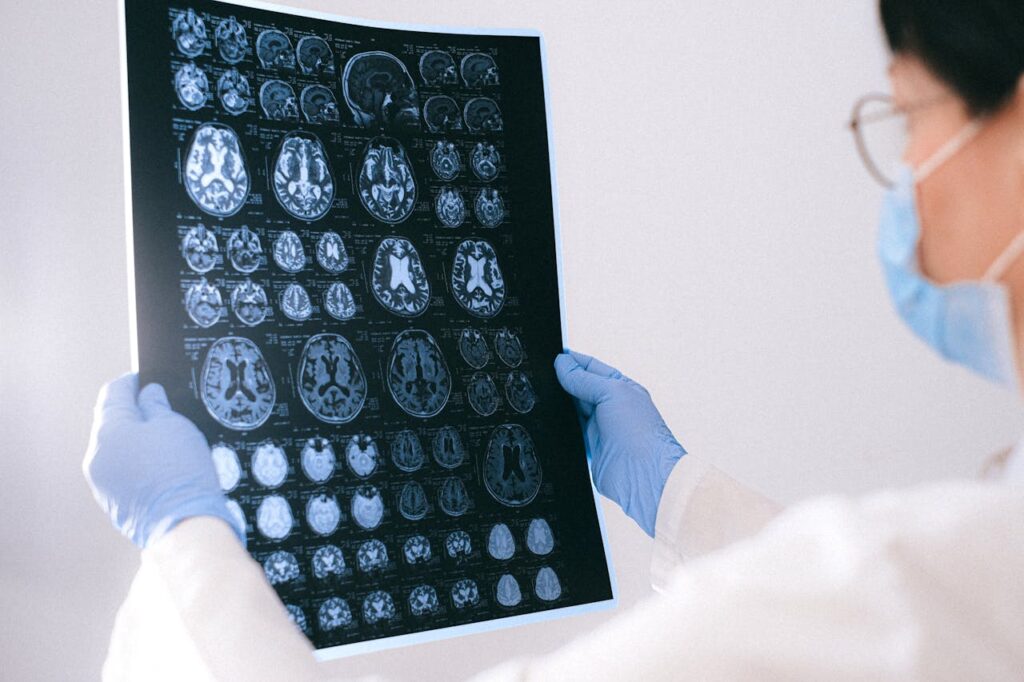Inside the Mind of a Teen Who Can Recall Every Day: The Science of Hyperthymesia

Have you ever wished you could go back in time, not through a movie screen but in your own mind? To relive the laughter of a childhood afternoon, to refeel the warmth of a hug from someone long gone, or even to revisit a mistake with the clarity of hindsight? For most of us, memory is a fleeting guest. But for one teenager, it’s an entire universe she can walk through at will.
Her name is TL, a 17-year-old girl from France. And she remembers every day of her life in extraordinary detail.

The Girl Who Can Walk Through Her Memories
According to a recent study published in Neurocase, TL lives with a condition that gives her an almost cinematic recall of her life. This condition, known as hyperthymesia or Highly Superior Autobiographical Memory (HSAM), allows her to mentally revisit her past experiences with vivid clarity and emotion. Each recollection is not a distant image or faint echo but an immersive replay of events that feel as tangible as the present moment. She can recall not just what happened but how it felt, what she wore, the light in the room, and even the smallest details that would have long escaped an ordinary memory.
Her awareness of this ability began when she was only eight years old. Unlike the fleeting fragments that most people associate with childhood memories, hers remained intact, organized, and accessible. She described being able to navigate them as though moving through a personal archive. Inside her imagination, she sees what she calls the “white room,” a structured mental space that functions as both library and sanctuary. Within it stand rows of cabinets and drawers filled with categorized experiences: time with family, holidays, friendships, and keepsakes like photographs and letters. Even the stuffed animals inside her mind’s room are labeled with the names of those who gifted them, each object holding emotional significance.

TL eventually shared her secret with her family after years of hesitation. As reported in Popular Mechanics, she had been accused of exaggerating as a child because her recollections were so precise that others doubted their truth. When she finally confided in her parents, they realized she wasn’t fabricating stories but describing a remarkable neurological phenomenon. The discovery led her to neurologist Valentina La Corte at Université Paris Cité, whose research team became the first to examine hyperthymesia through a complete evaluation of how one person could mentally travel through time. Their findings revealed that TL not only relives her past with emotional depth but can also project herself into potential futures with the same sensory richness.
“This is the first observation of hyperthymesia with a full evaluation of mental time travel capacities… encompassing the individual capacity to retrieve personal events from the personal past as well as to foresee personal events in the future,” wrote neurologist Valentina La Corte and her team.
Her ability stands at the crossroads of science and wonder, offering researchers new insight into how the brain stores, retrieves, and reimagines the self across time.
When Memory Becomes a Landscape
Scientists at the Paris Brain Institute describe TL’s ability as a phenomenon of mental time travel, a cognitive capacity that lets her consciously move through time by retrieving vivid memories or imagining possible futures. Her case offers an exceptional window into how the brain constructs personal reality. When TL recalls an event, she does not simply summon an image. She reenters an entire scene complete with sensory details, emotions, and spatial awareness. Researchers who studied her noted that this immersive process activates the same neural pathways used for imagining future experiences, suggesting that memory and imagination may be two sides of the same mechanism.
To better understand this, neurologist Valentina La Corte and her colleagues used detailed autobiographical memory assessments. Their work revealed that TL’s recall is rich not only in visual and emotional components but also in temporal and spatial structure. She can describe where each event took place, how long it lasted, and how it related to other events. This consistency and precision hint at unique brain activity patterns that integrate sensory data, emotional context, and self-awareness. As the researchers explain, the medial prefrontal cortex and posterior cingulate cortex play central roles in these processes, connecting the inner sense of self to the passage of time.

“Studying this atypical cognitive functioning could help us better understand how autobiographical memory works, as well as the neurological disorders that affect it,” says Laurent Cohen, neurologist and co-head of the PICNIC Lab at the Paris Brain Institute.
This insight redefines memory from something static to something dynamic and creative. TL’s mind demonstrates that remembering is not simply storing data but continuously rebuilding experience. Through her, scientists gain a clearer picture of how consciousness binds the past, present, and future into a single narrative thread.
The Gift and the Weight of Never Forgetting
The emotional dimension of hyperthymesia is as fascinating as it is complex. For TL, memory is not just data; it is feeling, texture, and meaning that linger long after most minds would have let them fade. While this rare ability often overwhelms people who possess it, TL demonstrates remarkable agency in managing her emotional archives. She has built psychological boundaries that allow her to revisit the past without being consumed by it. Her capacity to contain grief, anger, or distress within specific spaces in her mental architecture, such as the “pack ice room” or “problems room,” shows a high level of cognitive regulation and emotional intelligence. This organization allows her to sustain balance between remembering and living.
The significance of this lies in how it reframes the role of memory in human well-being. TL’s experience suggests that awareness and intentionality can transform even the heaviest recollections into tools for growth. By selectively engaging with her memories rather than being at their mercy, she maintains psychological resilience. This control contrasts sharply with the experiences of other individuals with hyperthymesia documented in scientific literature, many of whom describe their abilities as intrusive and exhausting. TL’s mental system is not merely a byproduct of her condition but an adaptive framework that reflects how the mind can evolve to protect itself.

“Having memories of our lives allows us to construct a narrative of ourselves and stabilize our sense of identity,” says Laurent Cohen, neurologist and co-head of the PICNIC Lab at the Paris Brain Institute.
This insight highlights that memory is inseparable from identity. In TL’s case, the coherence of her self-narrative is strengthened, not fragmented, by her extraordinary recall. Every stored image, sound, and sensation forms part of a continuous thread that connects who she was to who she is now. The balance she achieves between recollection and detachment gives researchers a new perspective on emotional adaptability and the human capacity to coexist with both pain and joy.
The Science Behind Remembering Everything
While the exact cause of hyperthymesia remains unknown, recent neuroimaging research suggests that it may involve overactivation of brain networks linked to autobiographical memory and sensory processing. In TL’s case, the connections near the brain’s midline, the seat of emotional integration and self-reflection, are unusually strong.
Interestingly, several members of TL’s family are synesthetes, meaning they experience blended sensory perceptions (such as seeing colors when hearing sounds). Though TL herself is not a synesthete, researchers believe there may be a connection between these two rare abilities, both rooted in heightened neural cross communication.

Valentina La Corte notes, “The process responsible for hyperthymesia is still largely unknown and most knowledge comes from case studies.” She hopes TL’s case will “pave the way to further research on superior autobiographical abilities.”
What We Can Learn From TL’s Extraordinary Mind
Most of us don’t have hyperthymesia. We forget birthdays, lose track of old dreams, and sometimes can’t recall the sound of a loved one’s laughter. But perhaps that’s not a flaw, it’s a feature.
Memory, after all, is not meant to be a perfect recording. It’s a living process, always rewriting itself, allowing us to heal, grow, and move on. Forgetting helps us live in the present. Remembering helps us learn from the past. Balance, not total recall, may be the true gift.
Still, TL’s story challenges us to look inward. What would it mean to carry your entire life inside you, every joy, every mistake, every tear? Would you be grateful? Or haunted?
Her journey invites a deeper reflection on what it means to know yourself. Because memory, in its essence, is identity. It’s the mirror we hold up to understand who we’ve been, who we are, and who we can still become.
The Real Time Machine Is Within Us
We live in a world obsessed with documenting everything, photos, videos, social media posts, endless archives of our moments. Yet, ironically, we often forget to actually live them.
TL’s ability is a reminder: the most powerful time machine isn’t a device. It’s the human mind.
While scientists continue to decode the brain’s mysteries, her story reminds us that each of us already carries an infinite archive of meaning within. And whether your memories are sharp or blurry, joyful or painful, they are pieces of your humanity, echoes of the person you’ve been, whispering to the person you are becoming.

So maybe the question isn’t, Can we remember everything? Maybe it’s, What should we choose to remember most?
Loading...

